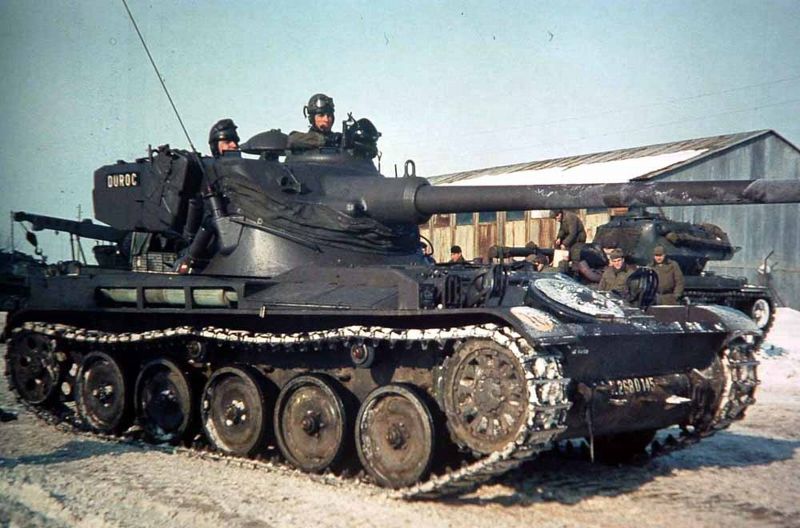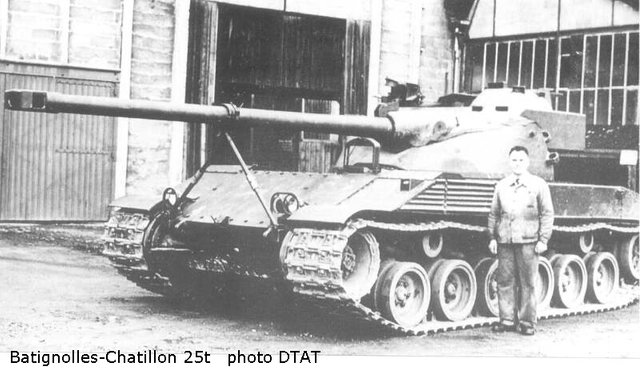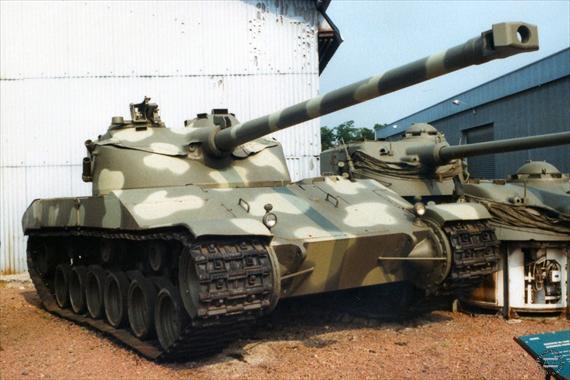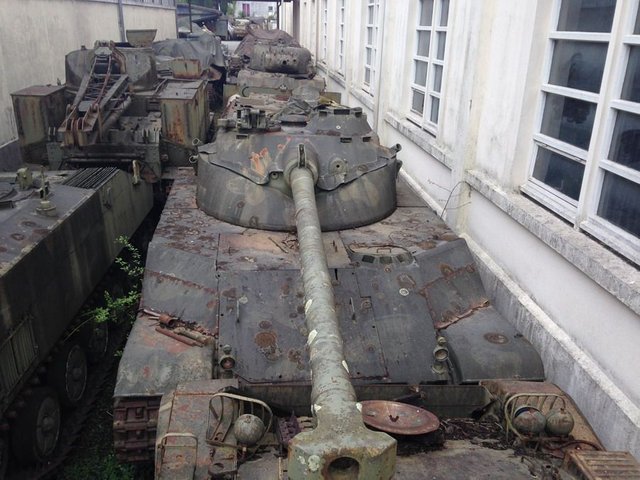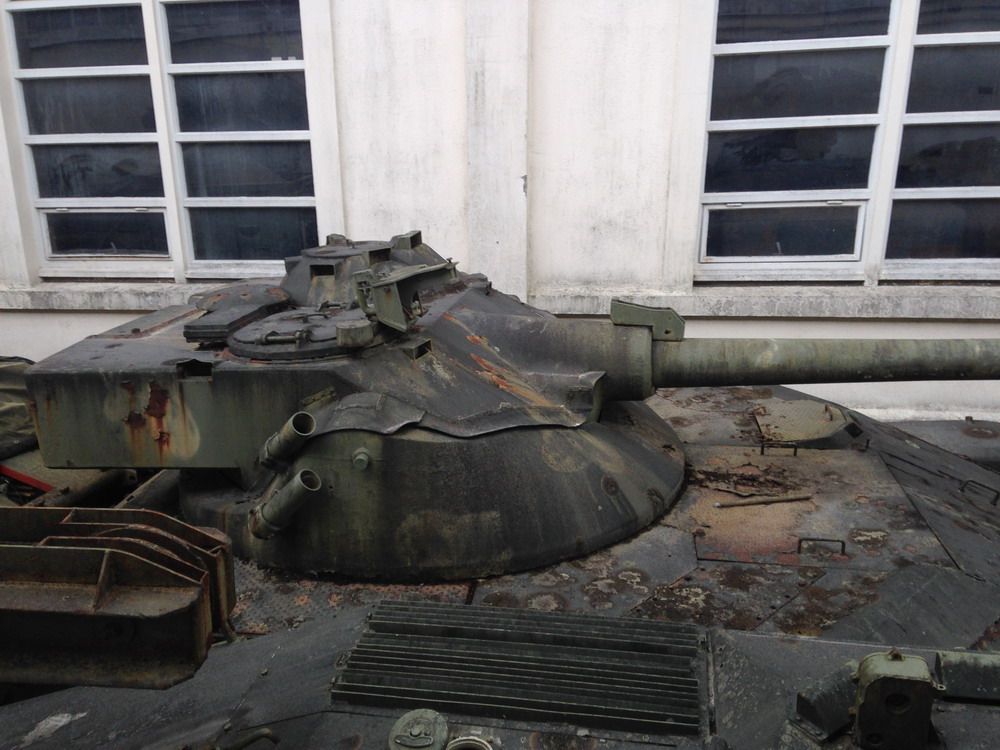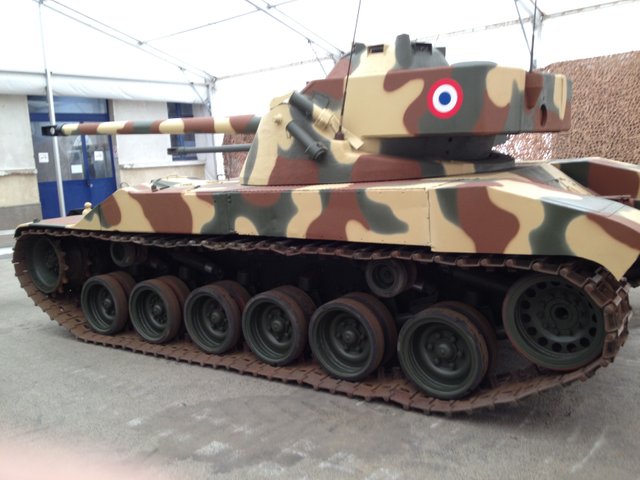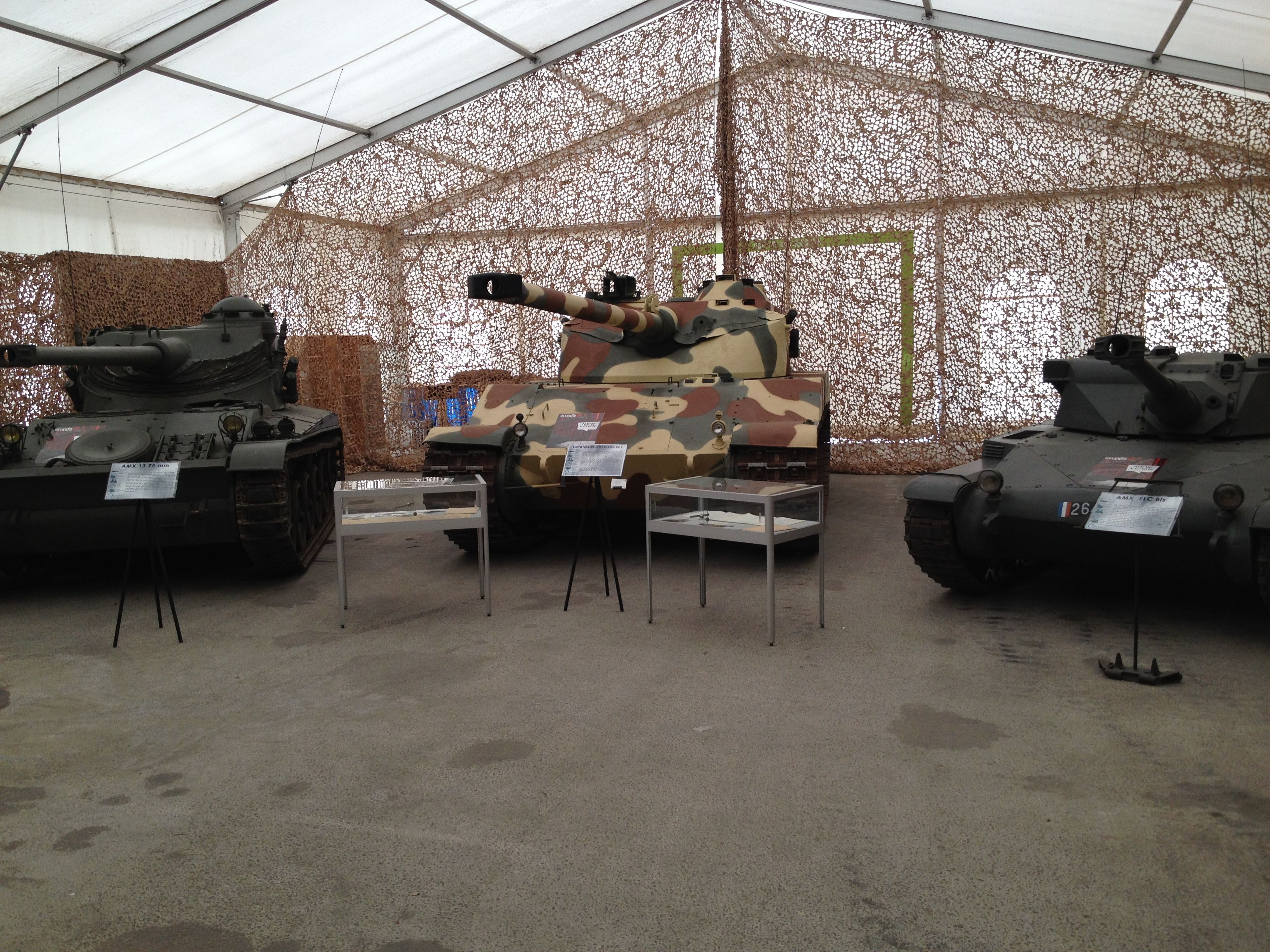How a game helped restore a forgotten tank: Batignolles-Chatillon 25T "BatChat" (Repost)
Sometimes one can think a simple videogame does not influences in life, but as in books and films, sometimes videogames have an influence so big it's hard to ignore. In this case the 'BatChat', a prototype that never succeeded was thrashed in the back of a museum away from the public with a lot of rust... until not so long ago when the museum in charge decided to restore it, after so many visitors walked out of Saumur in dissapointment that their favourite tank was not there. To understand it's tragic story, we need to have a look on each stage of the tank:
Background
Since WWI France knew the tank was a very important asset in the army, and despite having no ongoing research on WWII, they managed to caught up once they settled with the inception of many innovatives and even strange inventions added to their tanks, looking very weird even nowadays and yet they were highly functional and succesful. An example of such innovative designs was the AMX 13, a light tank designed for reconnaisance and air transportation for the paratrooper division. With an unusual oscillating turret it was a huge success that was exported to more than 30 countries for several reasons: Lightweight, compact, cheap, and a new autoloading system.
AMX 13 75, first of the series.
The AMX 13's selling point was also it's biggest drawback: size. 75mm was enough for lightly armored opponents but a 90mm cannon was the norm to properly fight against enemy tanks. Current technology did not allowed the 13 to carry a bigger gun (The AMX 13 90 entered in 1966, and the AMX 13 105 much, much later). With the uncertainty of a russian attack, the race of a new platform able to carry a 90mm gun has just begun, and many designers went with the same AMX 13's succesful formula on this race.
Design & creation
In 1954 the Batignolles-Chatillon company extrapolated the same AMX 13 design to make a 25 ton tank (double the weight) to have a 90mm platform the French Army so much needed. The tank passed all the tests with an exceptional mobility in bad terrain. However the NATO made an agreement with all the involved countries that a standarization of military gear should be made for easier logistics, and it affected a lot of french inventions. On top of that an oscillating turret was impossible to insulate against radiation in case a nuclear attack happened, making all projects that had an oscillating turret to be abandoned, including the AMX 50 heavy tank. Only 2 prototypes of the BatChat 25T were produced before it's cancellation.
Batchat in tests
Last photo taken in the Musee des Blindes when the BatChat was public, aprox. ~15 years ago.
Forgotten wear
Until not so long ago the BatChat was in an area restricted to the public, with the only known surviving prototype in the museum's backroom for obvious reasons: It's useless to maintain a forgotten project nobody cares about, specially with the museum's short budget to upkeep so many historical tanks on good condition (After all the only working Tiger II in the entire world is arguably more important, which is on this museum too). Only people with special permissions could enter the backroom to check on the rotting BatChat's conditions, like one World of Tanks player managed to get through and take some recent pictures of the tank a couple of years ago.
World of Tanks
World of Tanks (WoT) is a massively multiplayer online game developed by the Belarusian-Cypriot company Wargaming, featuring mid-20th century (1930s-1960s) era combat vehicles. It is built upon a freemium business model where the game is free-to-play, but participants also have the option of paying a fee for use of "premium" features. The focus is on player vs. player gameplay with each player controlling an armored vehicle, which may be a light, medium or heavy tank, tank destroyer, or self-propelled gun. These vehicle classes helps give each tank an unique role that worked as a 'Rock, Paper, Scissors' kind of thing.
In-game, the BatChat is a medium tank that plays like a light, and it is arguably the best scout/reconnaisance Tier X tank (highest obtainable level that you can get in the tech tree) offered in the game since it's inception in 2012 with the 0.7.1 patch. With it's highly competitive high risk/high reward playstyle and important role in-game, it created an affection for the game playerbase (both love and hate) to finally meet the real thing outside of the screen pixels.
Restoration and actual condition
Before World of Tanks the existence of the BatChat was very unknown, mostly just spoken by historians. Since it's inception in 2012 the game gave the Museum in Saumur a peer pressure to release and show the only surviving BatChat that more people knew thanks to the videogame. There was never an official statement about the BatChat's condition and insights, which only brought dissapointment for a lot of the most recent museum visitors.
However without any warning in the middle of 2016, the museum made a special section for the most requested tanks thanks to WoT, with the legendary BatChat right in the middle and totally restored externally. Unfortunately the museum released an official statement that the original engine was lost beyond repair, and they refused to mount a modern engine 'to keep historical accuracy'.
BatChat nowadays. AMX 13 on the left, and the AMX ELC on the right.
It's very wholesome to know an important game icon finally got a happy ending it truly deserved
Sources:
